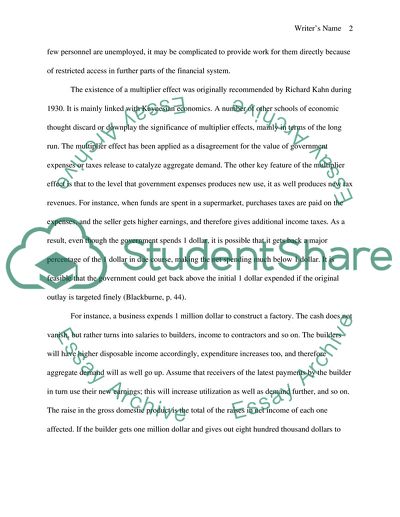Cite this document
(Macroeconomics: Multiplier Effect Research Paper, n.d.)
Macroeconomics: Multiplier Effect Research Paper. Retrieved from https://studentshare.org/macro-microeconomics/1744110-the-multiplier-effect
Macroeconomics: Multiplier Effect Research Paper. Retrieved from https://studentshare.org/macro-microeconomics/1744110-the-multiplier-effect
(Macroeconomics: Multiplier Effect Research Paper)
Macroeconomics: Multiplier Effect Research Paper. https://studentshare.org/macro-microeconomics/1744110-the-multiplier-effect.
Macroeconomics: Multiplier Effect Research Paper. https://studentshare.org/macro-microeconomics/1744110-the-multiplier-effect.
“Macroeconomics: Multiplier Effect Research Paper”, n.d. https://studentshare.org/macro-microeconomics/1744110-the-multiplier-effect.


